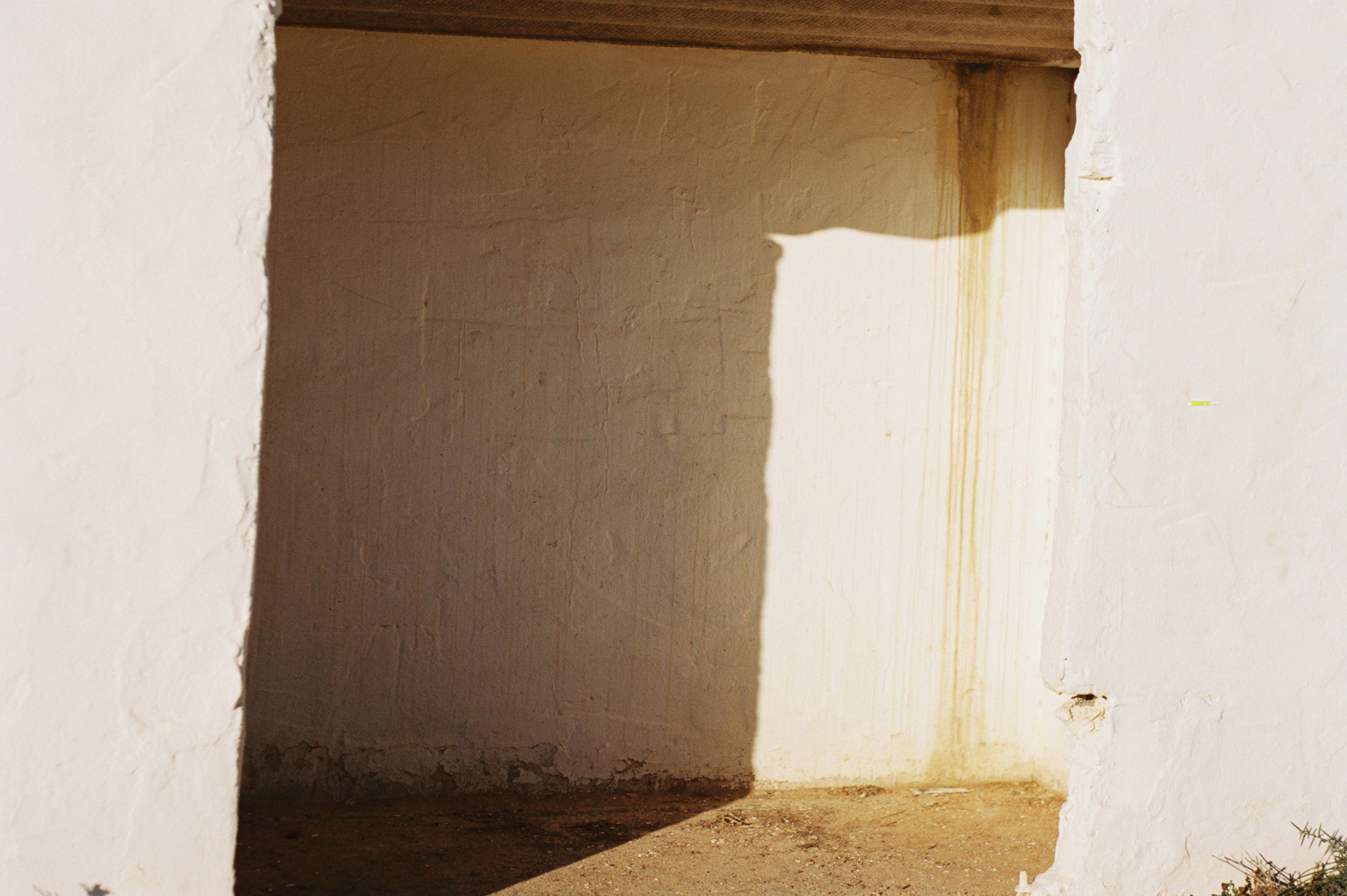Ibicenca arquitectura refers to the traditional architectural style found in the Balearic Islands, particularly on the island of Ibiza in Spain. This style is characterised by its unique blend of Mediterranean and Moorish influences, resulting in a distinct and charming architectural tradition. The name "Can Pep Rey" comes from the original Ibicenca home still situated on the island.

You may be familiar with our Pop Up during August on the island. This serves as the melting pot of our brand within the very old structure of the house where the Pop Up is located. Through performances, art exhibitions, live music, dance, discussions, and interactions with the clothing from our Summer collection, we all become part of the island's magic. As we reflect on the month of August and the memories and series of events and collaborators we welcomed, we want to share the key architectural influences that inspire us.
“What is the Mediterranean? A thousand things at the same time. It is not a landscape but innumerable landscapes. It is not a sea but an array of seas. This is because the Mediterranean is an extremely old crossroads. For thousands of years, everything has converged in it, complicating and enriching its history. The whole Mediterranean fact implies a set of notions capable of challenging and reasonable synthesis.” - Braudel, F. La Méditerranée.

Ibiza, Photo by Joaquim Gomis, 1967
The traditional casa pagesa in Ibiza is a collection of cubes that expand organically as the family grows, with many of these homes, some centuries old, having been meticulously restored while preserving their original facades and construction features.
This architectural style has remained largely unchanged for centuries, rooted in Ibiza's historical isolation, relying on local resources and passed down through generations for practicality and sustainability. It's characterised by its simplicity, functionality, and seamless integration into the island's landscape, which initially drew artists and bohemians in the 1930s.
Influential architects like Le Corbusier, Walter Gropius, Erwin Broner, and Josep Lluís Sert delved into the origins of these rural houses, dating back to the Phoenicians, and found inspiration in whitewashed design that bridges the island's history with the contemporary world. These unique architectural characteristics define Ibiza's architecture.


Key Features of Ibicenca Architecture:
Cubic Design: Ibicenca architecture often features cubic-shaped buildings with flat roofs, which help combat the intense Mediterranean sun and create a more energy-efficient design.
Whitewashed Walls: This not only reflects sunlight but also gives the structures a clean and bright appearance.
Wooden Elements: Wooden beams and balconies are common in Ibicenca architecture, adding warmth and contrast to the whitewashed exteriors.
Arched Doorways and Windows: Arched doorways and windows, influenced by Moorish design, are a distinctive feature of Ibicenca architecture. These arches often have intricate detailing.
Terraces and Courtyards: Houses often feature outdoor terraces and courtyards that are shaded and designed for social gatherings, relaxation, and outdoor dining.
Flat Roofs: The flat roofs of Ibicenca buildings often serve as additional living spaces or are used for drying crops, such as figs, grapes, and peppers.
To delve more deeply into the history of Ibicenca Architecture, we recommend the book 'Habitar La 'Isla Blanca' - Interpretaciones de la arquitectura ibicenca' by Antonio Pizza. This book has been a reference for our current collection, 'No Hay Prisa,' an ode to the winter season, stillness, and the nature of the island.

Casa Pangesa Blueprint, 1978


